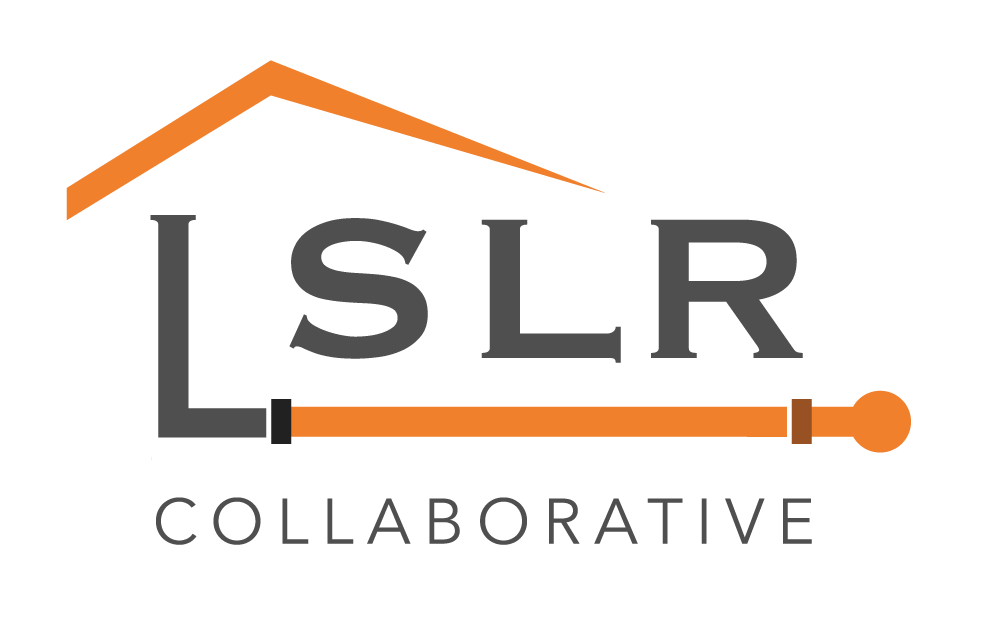|
See the full article online.
City clears two hurdles that make removing lead services difficult for communities INDIANAPOLIS (Jan. 24, 2019) – The City of Kenosha (Wisconsin) will be the first city in the state to utilize available funding for lead service-line-replacement projects, and has hired Zionsville, Ind., company 120WaterAudit to implement the program for the Kenosha Water Utility. 120WaterAudit will assist the city in overcoming another hurdle — information management – that impedes communities from addressing lead as a public-health issue. 120WaterAudit’s Public Water System Platform will streamline lead-service-line replacement using geographic, demographic, and customer data that is crucial to pinpoint properties that need to be addressed, and are critical to ensuring the city’s investment of funding and manpower achieves regulatory compliance. 120WaterAudit will enable the utility to better manage its lead service-line inventory. “Kenosha is a perfect example of a city digging in to tackle this problem, which is prevalent in so many communities across the United States,” said Megan Glover, chief executive officer for 120WaterAudit. “One of the hurdles to address the problem is finding funding, and the Kenosha team have diligently managed that hurdle – to the benefit of current and future residents.” Glover also added that another hurdle is managing information. Determining which homes to address, based on geographic location and ensuring the replacement process is compliant, are important pieces in the replacement process. Many firms that work to manage this information use spreadsheets, which makes it difficult to get projects like this off the ground and ensure compliance. 120WaterAudit, however, uses technology that compiles all of the necessary information for field and office teams, and streamlines the process for the immediate and long-term future. Environmental Defense Fund
See the full blog here. We recently finished a round of updates to our webpages recognizing states and communities leading the way in efforts to accelerate lead service line (LSL) replacement across the country. As we start the New Year, we wanted to summarize the good news from 2018 and highlight some opportunities for more success. Ninety-five communities are leading the way on LSL replacement programs:[1]
Lansing State Journal
See the full article here. Do you own or rent one of the tens of thousands of homes in the Lansing area built before 1950 or a newer one you think could have lead water service lines? You'll soon be able to say goodbye to your lead service lines. And your water utility will foot the bill. State rule changes from earlier this year require local utilities to replace all lead and galvanized water service lines between the publicly-owned water main and a resident's water meter by 2040 at an average replacement rate of 5% per year. Before 1950, many service lines — the small pipes that connect homes and businesses to the larger water mains under the street — were made of lead, which can leach off the pipe and into the water, potentially poisoning users. Galvanized pipes, or steel pipes dipped in a protective coating, also were common and can leak lead from the zinc coating and other harmful chemicals, as decades of water exposure cause corrosion and rust. |
Have a suggestion for an article or blog to add?
Let us know! Type
All
Date
April 2023
|


 RSS Feed
RSS Feed